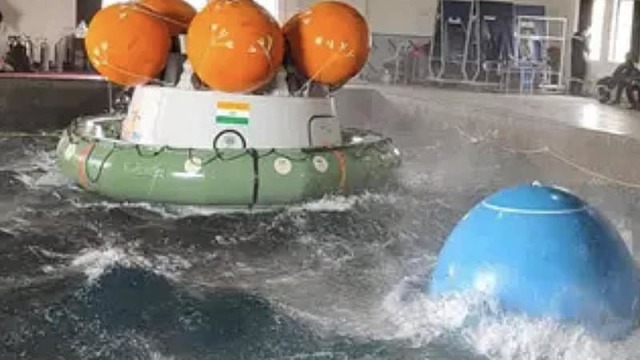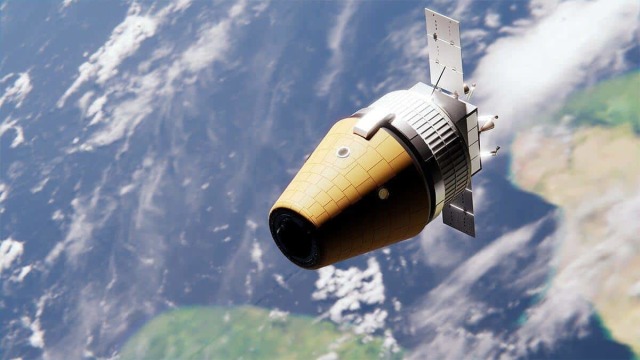News about the development of Indian manned astronautics is a rarity, so every message is worth its weight in gold for everyone interested in the topic. And there is a reason for joy: the test program of the first national manned spacecraft Gaganyan is rapidly approaching test orbital launches. There are still improvements and verification of crew rescue procedures on the water, which are already being worked out in practice.
The Hindu online publication reported that the Indian Space Research Organization (ISRO), together with the country's Naval Forces, conducted exercises to rescue the Gaganian on the water. The main purpose of the event was to finalize standardized procedures at the final stages of a manned mission — when the ship was brought down.
The exercises were held on Tuesday, February 7, at the military Water Survival Test Facility, where you can simulate any weather conditions and time of day. Rescue teams worked with a special mass—dimensional model of the Gaganian ship - Crew Module Recovery Model (CMRM). It is designed to practice rescue procedures and in size, external elements and center of mass fully corresponds to the flight instance at the time of the landing.
As far as can be judged from what the ISRO and Navy speakers told reporters, the verification of all rescue measures in the conditions of a closed landfill was successful. Next in line are similar tests (or exercises, as you see) on open water. First in the bay, then in the ocean, away from the coast. Only after that will the green light be given for the orbital launch of the spacecraft in unmanned mode. It is expected in late 2023 or early 2024. But there are no exact dates, as usual in cosmonautics.
 |
| A mass-dimensional model of the Gaganian for testing and training crew rescue procedures after the ship's landing (CMRM) at the Indian Navy training ground. |
| Source: ISRO, The Hindu |
Recall that Gaganian will go on its first flight into orbit not with people on board, but with a humanoid robot. The Vyommitra device (Vyom Mitra, literally — "cosmic friend") is a feminine android capable of imitating some human actions. In addition, the robot is equipped with a variety of sensors that will monitor the effect of microgravity on the human body.
The development of the Gaganian ship started in 2006, the project was officially approved in 2007, the initial technical appearance and budget were agreed in 2008-2009. The first flight was planned in less than five years, but was consistently postponed first to the end of the decade, and then completely to the 2020s. The blame for everything is problems with financing and technical difficulties. Interestingly, some assistance was provided by Russian colleagues — at least ISRO spacesuits were ordered from Glavkosmos, and according to other sources, also lodgements for the crew.
The device with a gross weight of 8.2 tons, of which 5.3 tons is a habitable capsule, will have to work in an orbit with a height of 400 kilometers for at least a week. It is designed for a crew of three people and is potentially capable of docking with the orbital station. In addition to various bench tests of both individual components and the vehicle assembly, Gaganyan passed two flight tests: a space launch along a ballistic trajectory to test thermal protection and landing mechanisms in 2014, as well as a test of an emergency rescue system in 2018. Both tests were successful.

